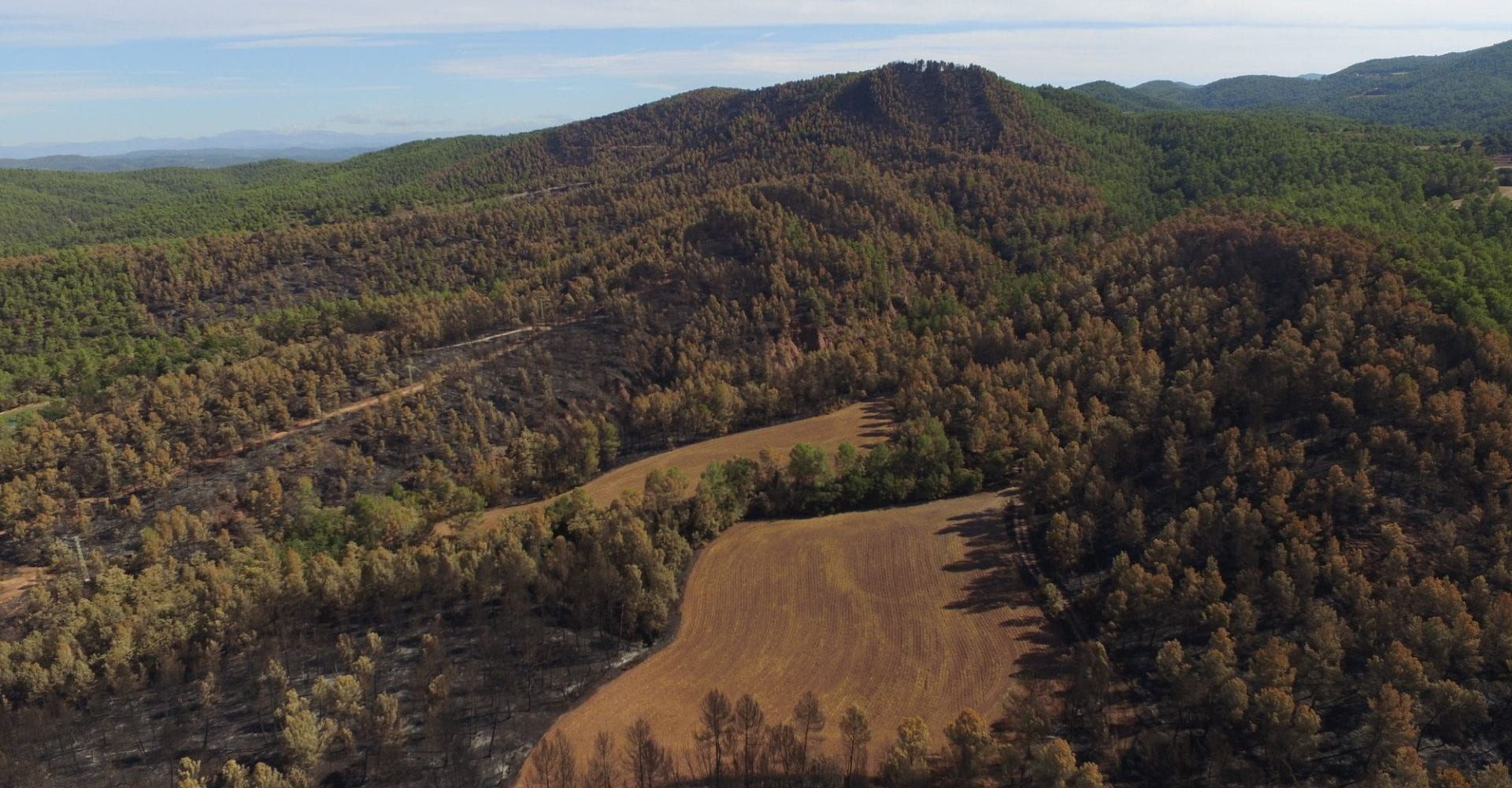
Fire and biodiversity in the Anthropocene – out now in Science
Luke, Kate, Julianna and 27 colleagues from around the world have a new paper on ‘Fire and biodiversity in the Anthropocene’ – published in Science.
We explored the causes and consequences of fire-induced changes to biodiversity in the Anthropocene, the current era characterized by the prominent role of human activity in shaping global ecosystems. We start by synthesizing how changes in fire activity threaten species with extinction across the globe. Next, we examine how multiple human drivers are causing these changes in fire activity and biodiversity. We then highlight forward looking methods for predicting changes in ecosystems and forecasting the positive and negative effects of fire on biodiversity. Finally, we foreshadow emerging actions and strategies that could revolutionize how society manages biodiversity in ecosystems that experience fire.
You can download a full copy of the paper (with no paywall) on our publication page.
Abstract. Fire has been a source of global biodiversity for millions of years. However, interactions with anthropogenic drivers such as climate change, land use, and invasive species are changing the nature of fire activity and its impacts. We review how such changes are threatening species with extinction and transforming terrestrial ecosystems. Conservation of Earth’s biological diversity will be achieved only by recognizing and responding to the critical role of fire. In the Anthropocene, this requires that conservation planning explicitly includes the combined effects of human activities and fire regimes. Improved forecasts for biodiversity must also integrate the connections among people, fire, and ecosystems. Such integration provides an opportunity for new actions that could revolutionize how society sustains biodiversity in a time of changing fire activity.
Categories
- Uncategorised